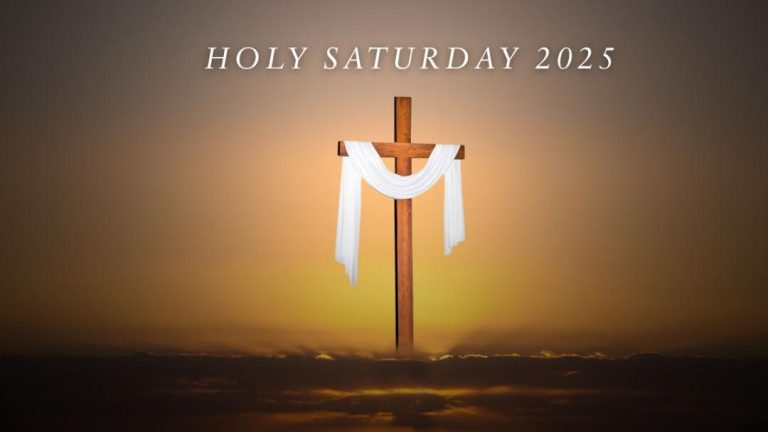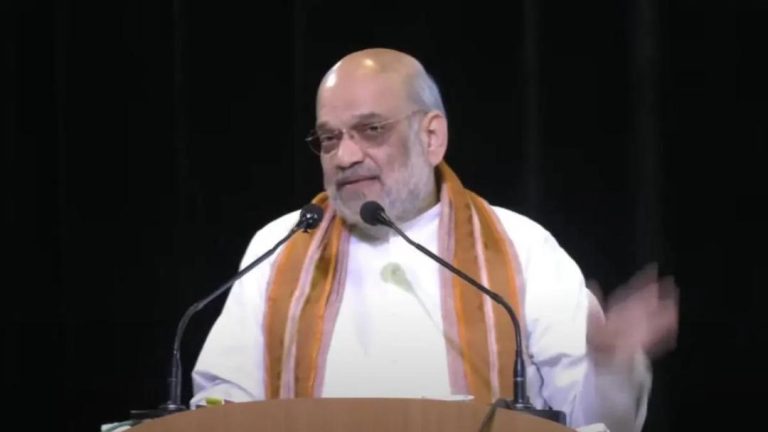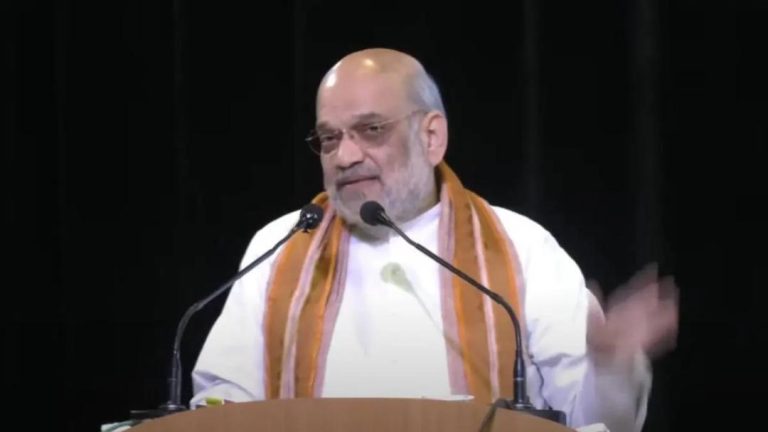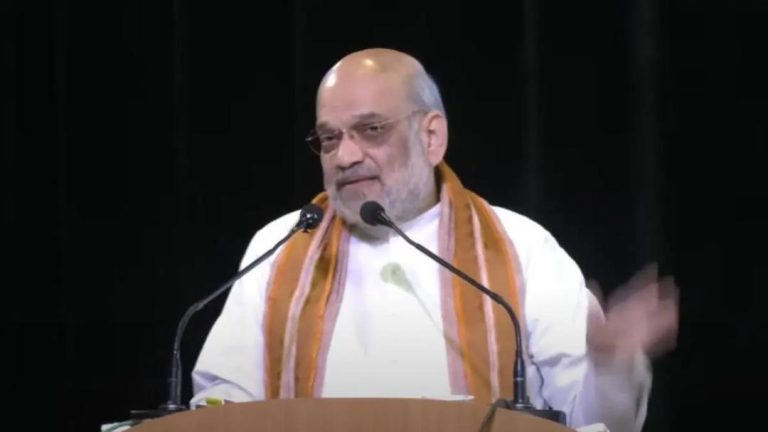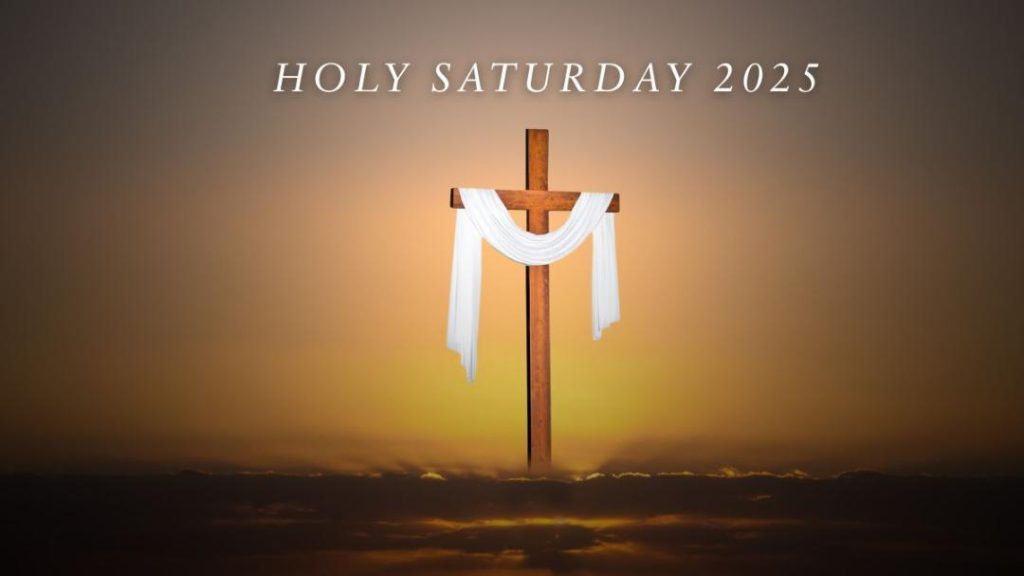
What is Holy Saturday & why is it celebrated?
Holy Saturday, observed between Good Friday and Easter Sunday, marks the day Jesus Christ lay in the tomb after his crucifixion. It signifies a period of silence, reflection, and anticipation before the celebration of his resurrection. This year, Holy Saturday will be observed on April 19, 2025, followed by Easter Sunday on April 20.
As we approach the Easter season, many Christians around the world are preparing to observe Holy Saturday, a day of solemn reflection and anticipation. But what exactly is Holy Saturday, and why is it celebrated? In this blog post, we’ll delve into the history, significance, and customs associated with this sacred day.
History of Holy Saturday
Holy Saturday, also known as Easter Eve or Easter Saturday, has its roots in the early Christian tradition. According to the New Testament, after Jesus Christ was crucified on Good Friday, he was buried in a tomb by Joseph of Arimathea. The tomb was sealed and guarded by Roman soldiers to prevent anyone from stealing the body or spreading rumors that Jesus had risen from the dead.
The day between Good Friday and Easter Sunday is believed to be the day Jesus lay in the tomb, silent and still, awaiting his resurrection. This period of time is often referred to as the “harrowing of hell,” where Jesus descended into the underworld to free the souls of the righteous who had died before him.
Significance of Holy Saturday
Holy Saturday holds great significance in the Christian faith as it marks the climax of the Passion of Christ. According to Christian tradition, Jesus’ death and burial were not the end of his story, but rather the beginning of his victory over sin and death.
On Holy Saturday, many Christians gather for a special Mass or service, often with dim lighting, to symbolize the darkness and silence of the tomb. The service typically includes readings from the Bible, prayers, and hymns, as well as the Easter Vigil, which is a special candlelight ceremony.
During the Easter Vigil, the church is filled with darkness, except for one candle, which represents the light of Christ. As the priest lights the candle, it symbolizes the coming of light and the resurrection of Jesus. The ceremony is often accompanied by the chanting of the Exsultet, a hymn of praise and thanksgiving.
Traditions and Customs
Holy Saturday is observed in various ways around the world, with different customs and traditions. Here are a few examples:
- In some Eastern Orthodox churches, the faithful spend the day in prayer and fasting, often abstaining from meat and dairy products.
- In many Catholic churches, the Blessed Sacrament is exposed and venerated during the day, symbolizing the presence of Christ in the tomb.
- In some Protestant churches, Holy Saturday is observed with a special service or worship, often with a focus on the theme of darkness and light.
- In many countries, Holy Saturday is a day of family gatherings and picnics, with many people enjoying traditional Easter foods and activities.
Conclusion
Holy Saturday is a day of profound significance in the Christian faith, marking the period of time between Jesus’ crucifixion and resurrection. It is a day of silence, reflection, and anticipation, as Christians prepare to celebrate the triumph of Jesus over sin and death.
As we observe Holy Saturday this year, let us take a moment to reflect on the significance of this day and the Easter story. May we be reminded of the power of God’s love and the hope of new life that Jesus Christ offers to all people.
